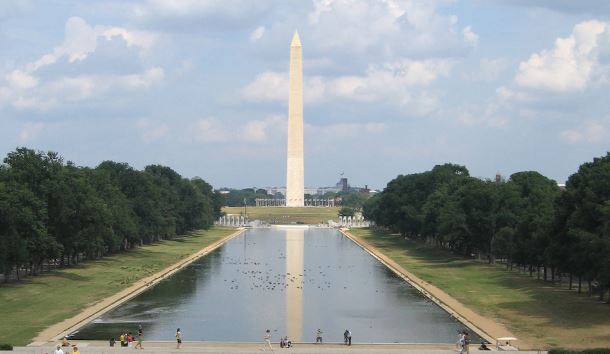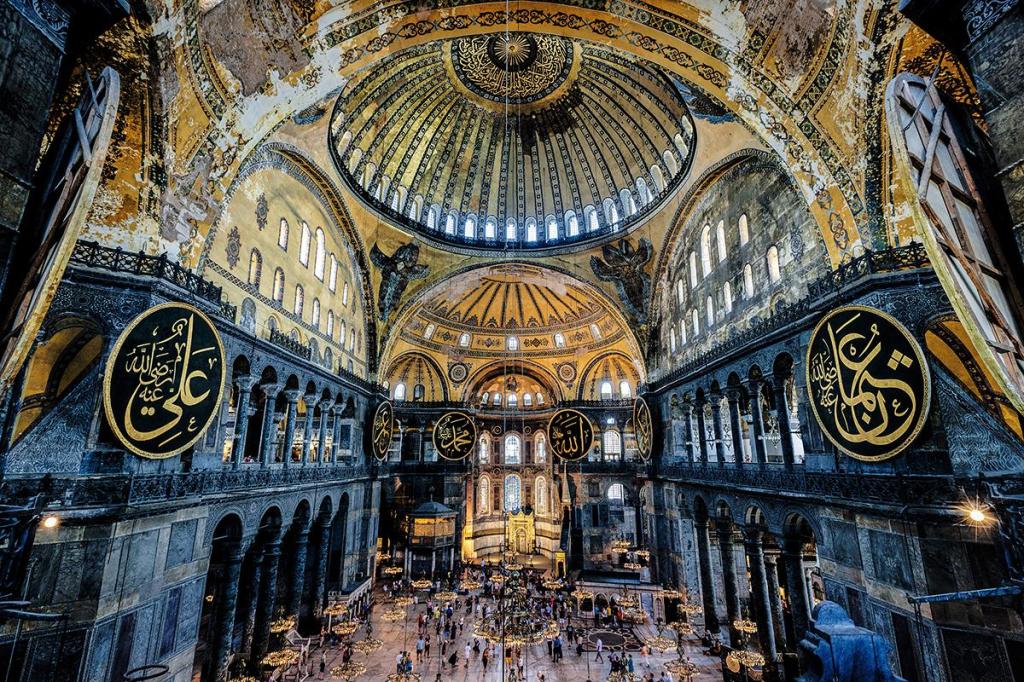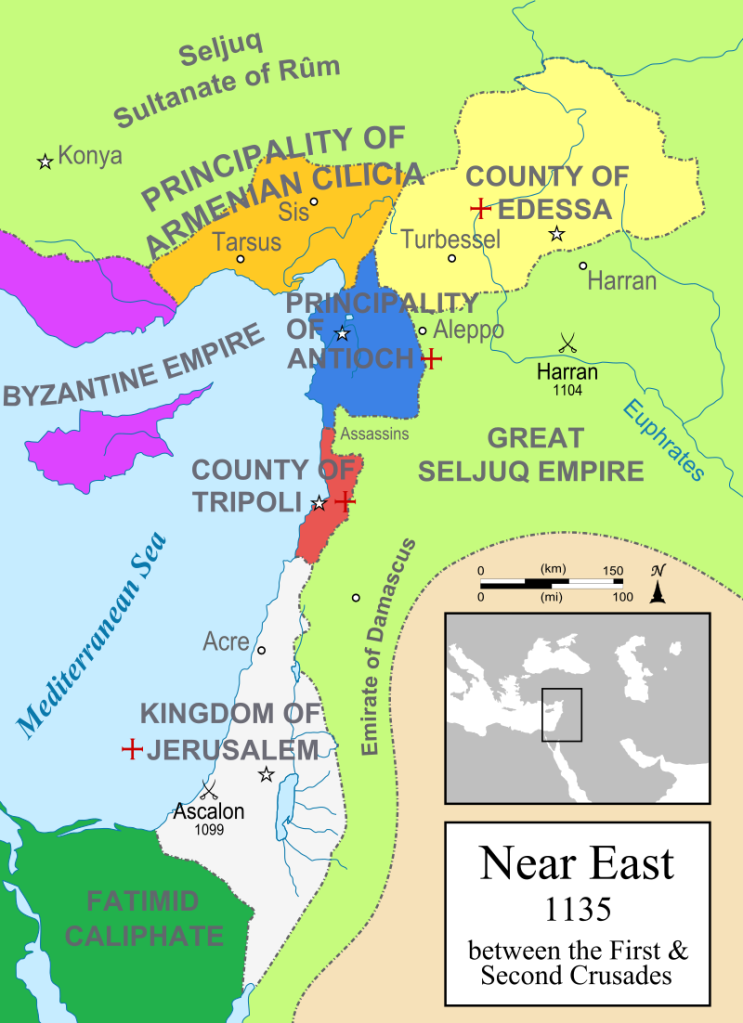
The National Mall in Washington runs from the Lincoln memorial to the Capitol. It serves two important functions. At a national level it is an imposing symbol of the Nation’s capital, a statement to representatives, senators, Governors and the general public that this is the heart of the nation, the omphalos, the seat of power.
For visiting dignatories it is a statement of raw power, the ultimate home court advantage to overawe the ambassadors of foreign nations.
On the intersection of the National Mall with a line running due south from the Whitehouse sits the Washington Memorial. Before the pedants jump on me, the ground at that precise point was too unstable for the monument. On the exact point you will find the Jefferson Pier. The Washington Monument had to be located almost 400 feet away from that position.
You cannot write a series on the obelisks of the world without including the Washington Monument. Not only is it the largest obelisk ever constructed, and the world’s tallest stone structure, but it is one of the most prominent and easily identified monuments in the world. Star of thousands of movies and TV shows and a centrepiece of every US Presidential inauguration ceremony. Over 169 metres tall it is constructed in the pattern of a hollow Egyptian obelisk. Construction commenced in 1848, five years after completion of the Bunker Hill Memorial. It was interrupted by funding difficulties and the U.S. Civil War and was finally completed by 1888. It was the tallest building in the world until the completion of the Eiffel Tower in 1889.
If you look closely at the photo above you can see a distinct colour change in the marble, when the supply changed from one quarry to another. Just like the ancient obelisks of Egypt and Rome it has been damaged by an earthquake in 2011.

-o0o-
This site is available for free and I make no money from any ads you see here. If you would like to show your appreciation feel free to leave a comment or you can buy me a coffee! http://buymeacoffee.com/DonalClancy



